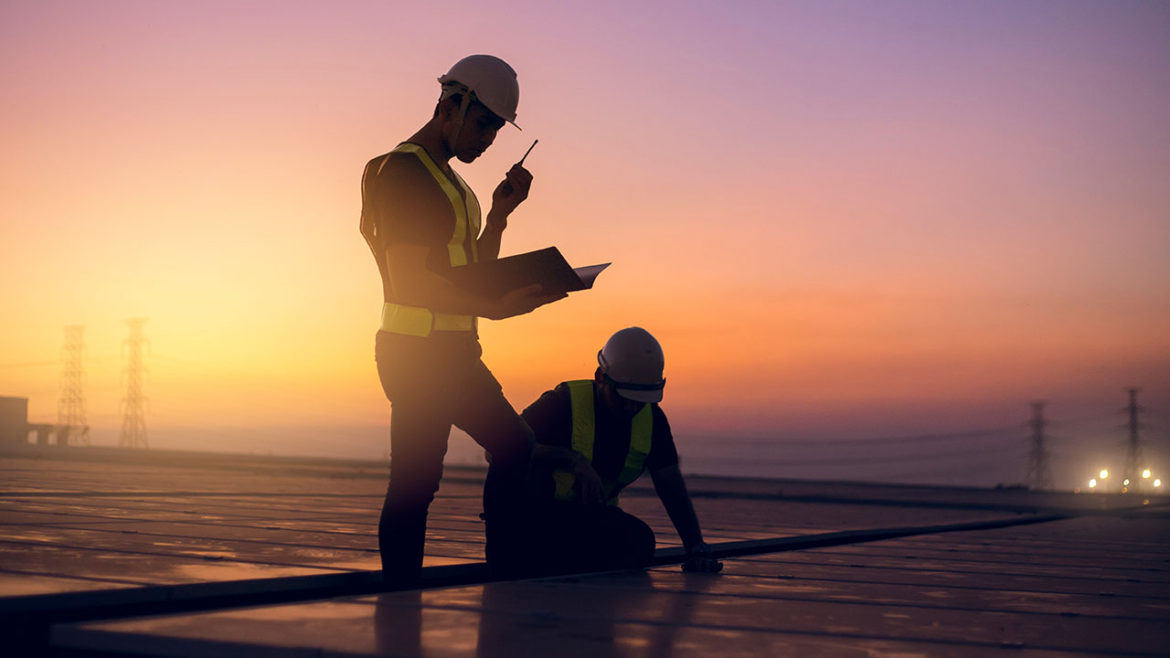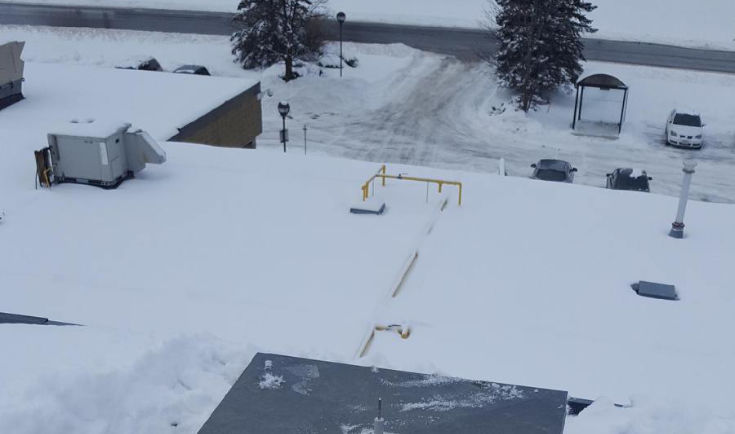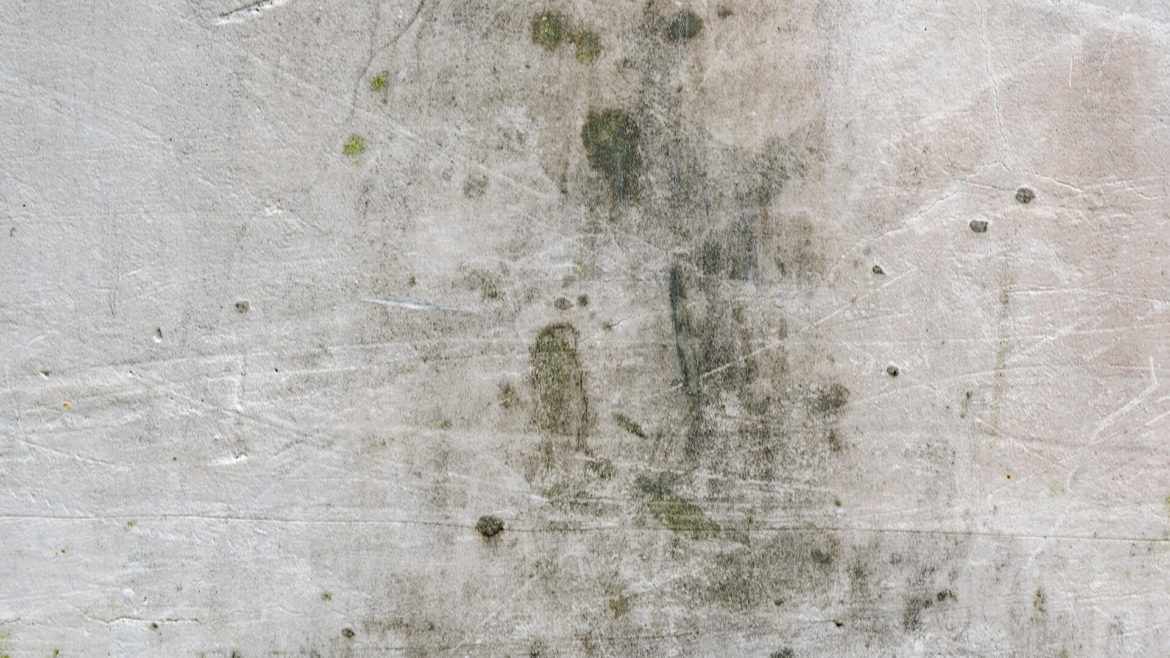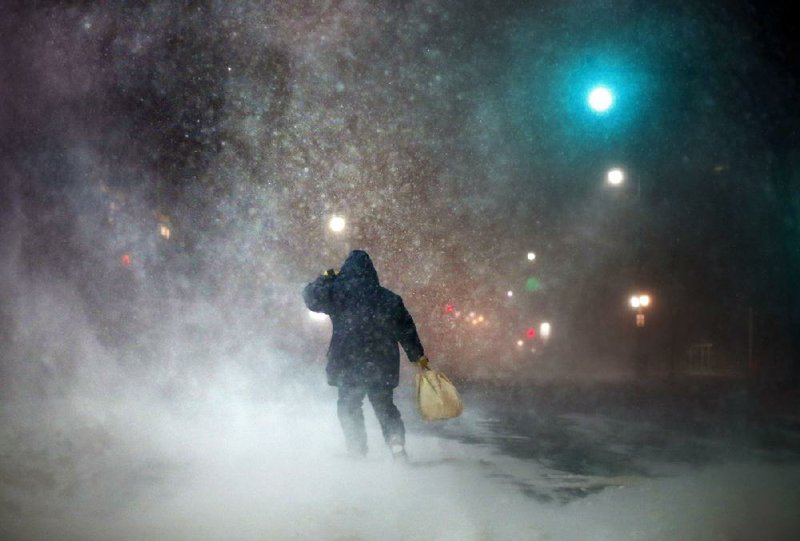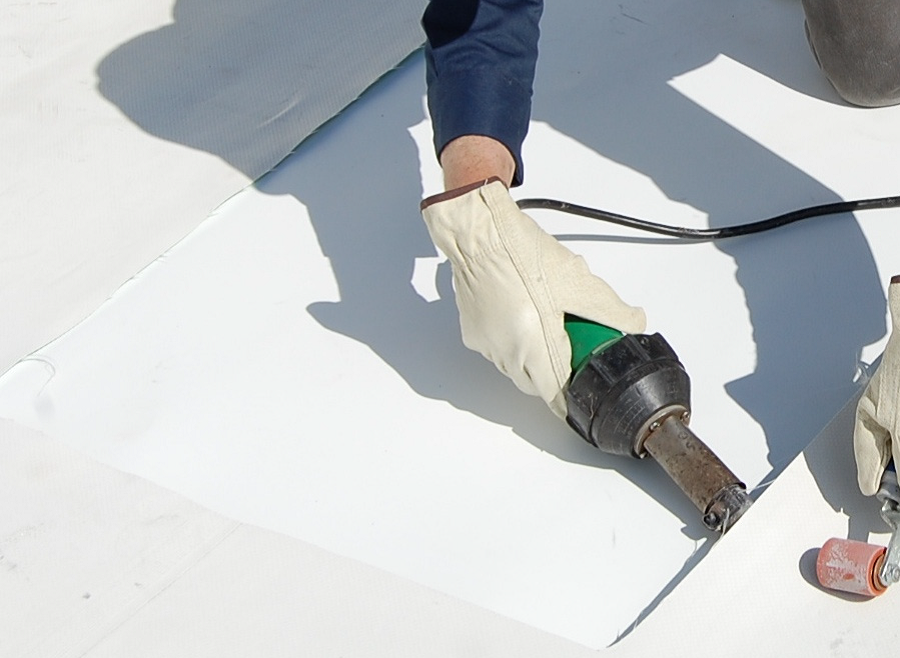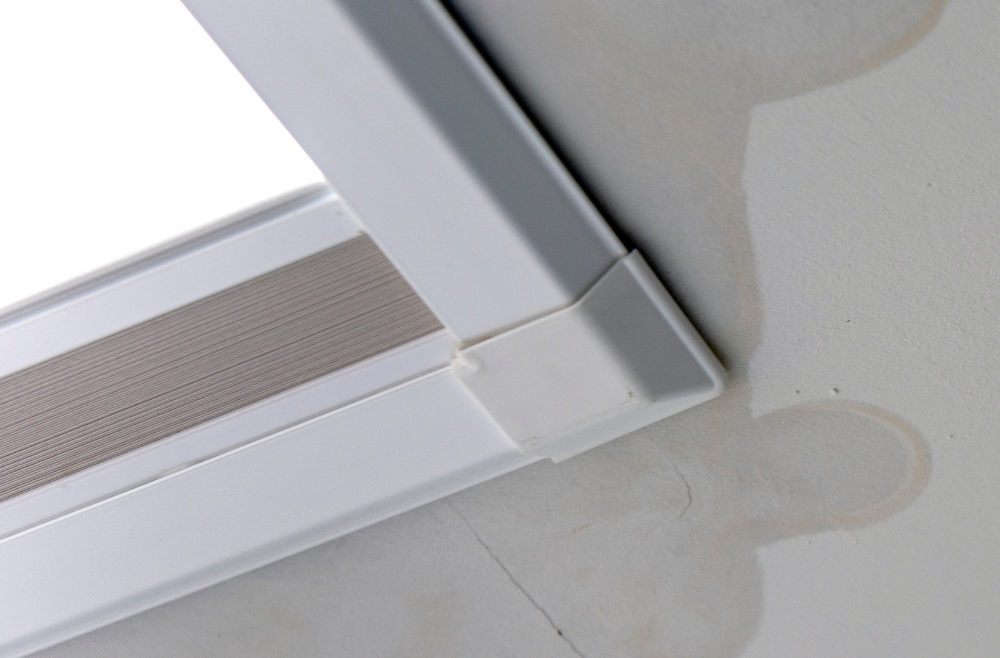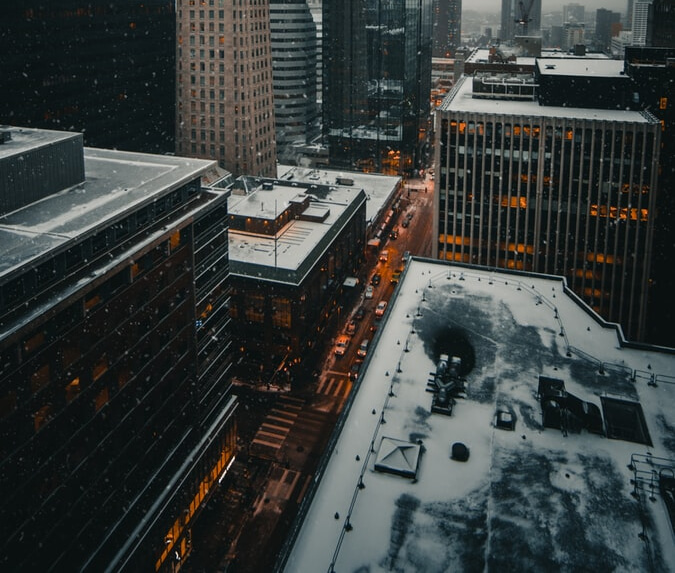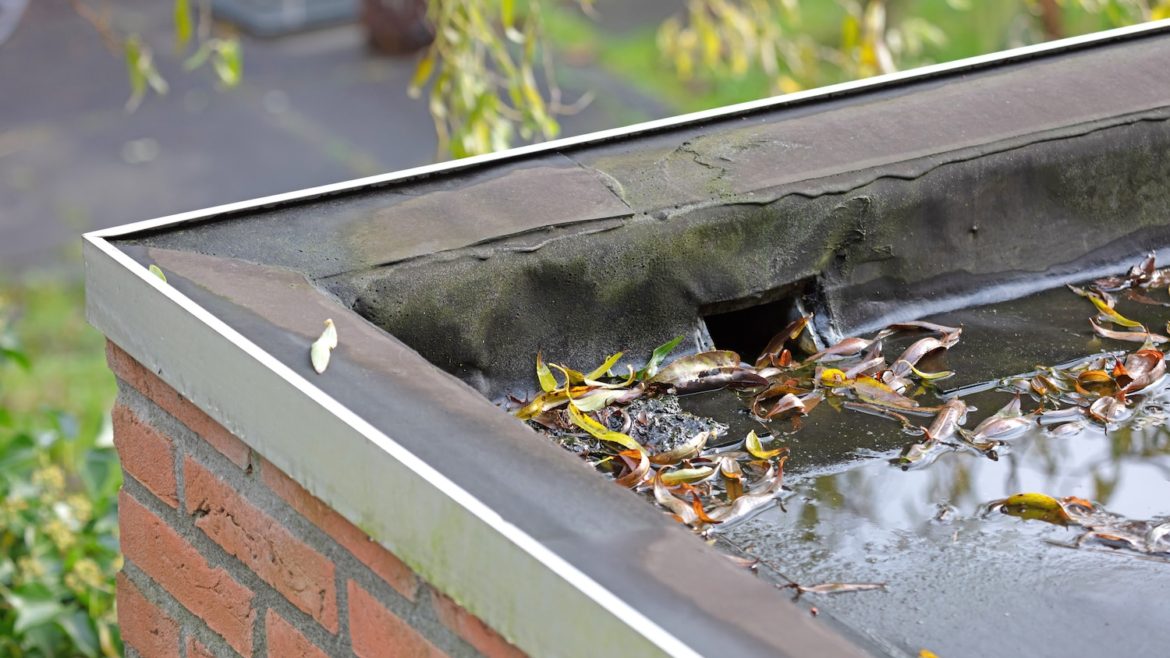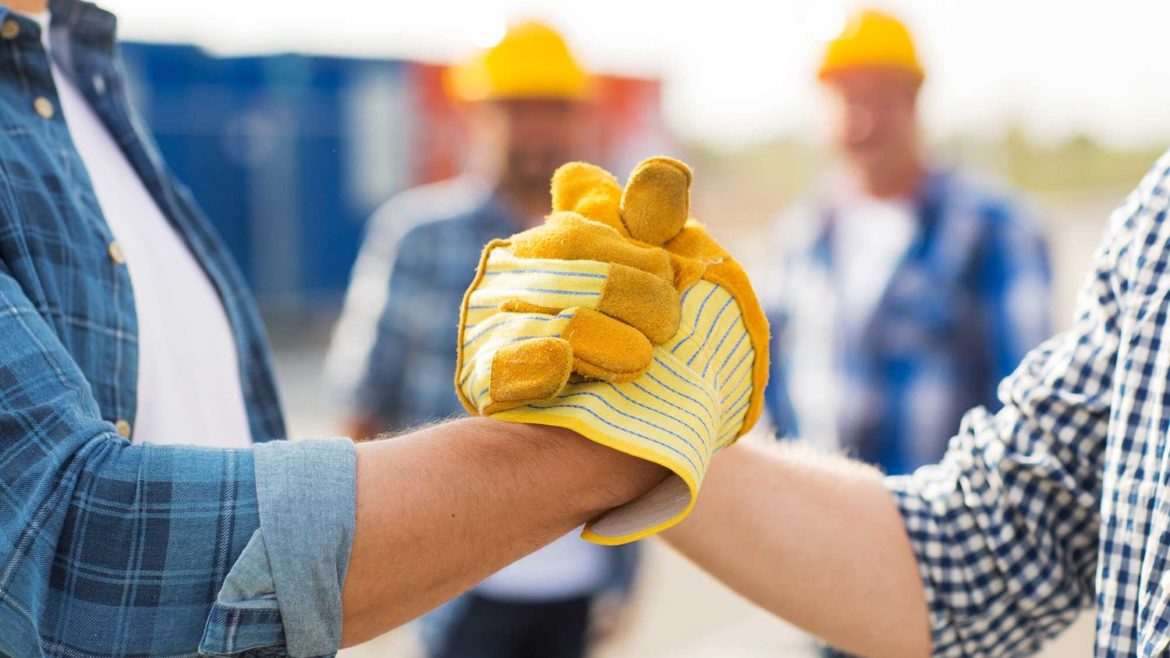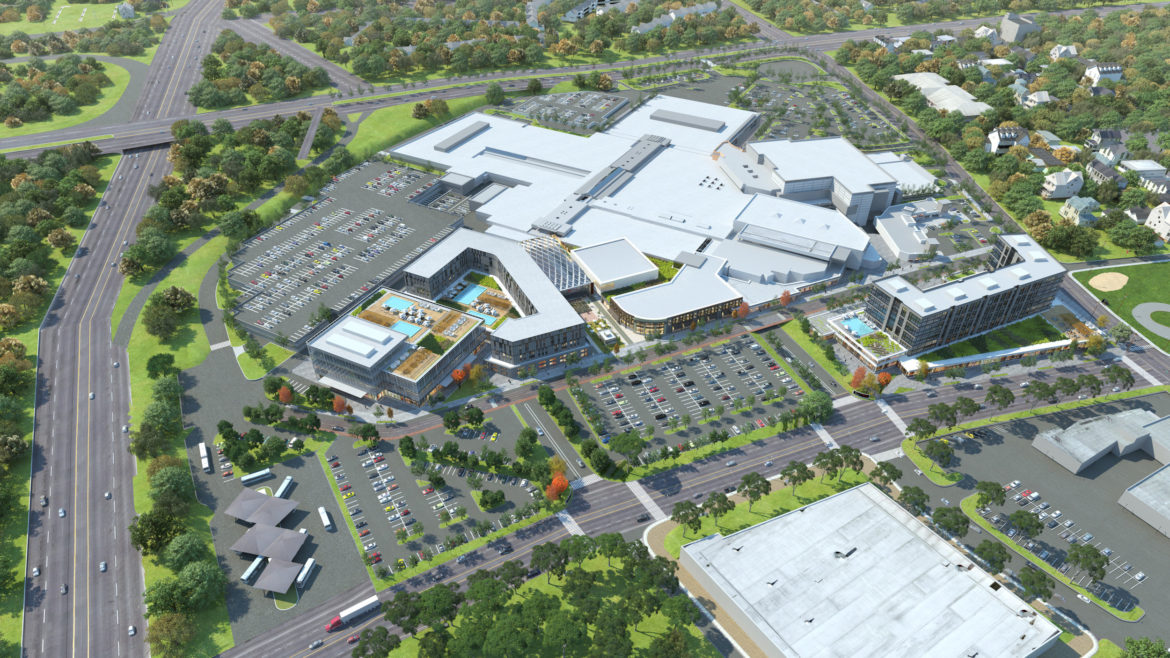Spring is finally near, and with it comes warmer weather, blooming flowers, and longer days. But it also brings a unique set of challenges for commercial roofs. As harsh winter weather fades, commercial property owners and managers must prepare their roofs for the often unpredictable weather that often defines the season.
When a commercial roof functions properly, it’s only natural to put it out of mind. However, essential preventative measures can allow you to repair winter damage and prepare your commercial property’s first line of defense for the coming challenges of the hotter months.
Prioritizing Commercial Roofing Asset Management
Spring inspection is pivotal in maintaining the endurance and cost-effectiveness of your commercial roof. A well-maintained roof safeguards the long-term value of your property investment.
By conducting a spring inspection, you can discover, identify, and resolve any isolated issues early and address them quickly. This not only ensures the safety of your tenants, employees, or capital within but also prevents the need for expensive repairs or premature roof replacement.
A Task Best Left to the Professionals
When it comes to the inspection of your commercial roof, it is vital to utilize the expertise of commercial roofing technicians. These professionals possess the necessary knowledge, experience, and skills to thoroughly examine your commercial roof and find any potential issues that may compromise its integrity.
Professionals have the experience and trained eyes to detect even the smallest signs of damage or deterioration. They know where to look and what to look for, guaranteeing that nothing goes unnoticed. By relying on their know-how, you can have peace of mind that every aspect of your roof will be thoroughly evaluated.
What to Expect During an Inspection
During a spring inspection, commercial roofing technicians will examine various components of your roof, evaluate the extent of any damage, and assess the overall condition of the roof. Commercial roofing technicians can also provide you with valuable insights and recommendations to address any problems that are discovered during the inspection. Whether it’s minor repairs or more significant maintenance work, their knowledge can help you take the necessary steps to ensure a long life for your commercial roof.
7 Common Problems
- Hot Zones: Cracks, bubbles, and blisters signal roof membrane damage around flashing, open seams, rusted or loose metal components, caulking around protruding roof elements, and roof-mounted utilities.
- Flashing: The metal flashing holds the membrane in place and protects it from the wind and increased uplift pressure. If the metal comes loose, it can catch underneath the membrane and begin pulling it off.
- Natural Debris: Tree branches and limbs can cause substantial damage to your commercial roof during storms and high winds. The buildup of dirt on the rooftop can lead to mold and mildew, slowly eating away at your roof. Leaves from overgrown branches above or near the roof can cause debris to accumulate and clog drainage components, leading to algae growth and water damage.
- Flat Roof Drainage System: Clogged roof drains can cause water to back up onto the roof, leading to leaks and other damage. Clogs can also cause standing water to pool on the roof, which can lead to premature aging of the roof membrane and even collapse.
- Debris in roof drains can also attract rodents and other pests, which can cause further damage to the roof and create health and safety hazards for occupants of the commercial property. Some roofs have scuppers which are holes you can see from the outside of the building at the base of the roof’s parapet walls. Because scuppers are slightly below the roof’s surface, they can easily be clogged by dirt and cause standing water on the surface of your roof.
- Interior Water Damage: Leaks may not be visible on the roof’s surface. There may be signs of leaks, such as water spots on interior ceilings, walls, or floors.
- Mold and Odors: This could result from water breaching your roofing system or perhaps the exterior of your building.
- The Human Element: Foot traffic and tool usage for maintenance work conducted on roof-mounted utilities throughout the year can easily cause damage to the roof membrane, primarily through punctures. Items and trash may have unintentionally been left behind (loose tools, unused building materials, loose nails and screws, hardware, debris, and other equipment).
7 Quick Fixes
- Sealant voids in termination bars, counter-flashings, and parapet caps will be touched up as required.
- Tears, splits, and breaks in the perimeter and internal membrane flashing systems and flashing strip-ins will be repaired with appropriate repair materials.
- Visible membrane defects, which may allow water into the roofing system, will be repaired with the appropriate repair materials.
- Roof penetrations and skylights will be inspected for cuts or holes and resealed where required.
- Securing drain bolts and clamping rings.
- Checking around drain leads and gutter flashings and coating with approved mastics if required.
- Ensuring gutter downspouts are secure and free of any debris.
PB Roofing’s THREATCheck Assessment – Discover, Identify, Resolve
We recommend that all commercial property owners have a service plan in place. By taking proactive measures, you can avoid the costly repairs and expensive downtime that can result from neglecting your commercial roof’s needs.
If you don’t already have an asset management plan in place for your commercial roof, now is the time to get one.
A THREATCheck Assessment is one enhanced visual inspection to identify deficiencies and provide recommendations for repairs or replacement.
Our THREATCheck Plus Package shares the same features with an added bi-annual inspection plan. A photo report is also included.
We will identify and resolve any current problems with your commercial roof promptly to prevent the potential escalation of minor issues into significant challenges.
Learn More with PB Roofing’s Blog Back Issues
3 Ways to Identify & Solve Commercial Roof Leaks
Protecting Commercial Roofing from Mold and Algae

